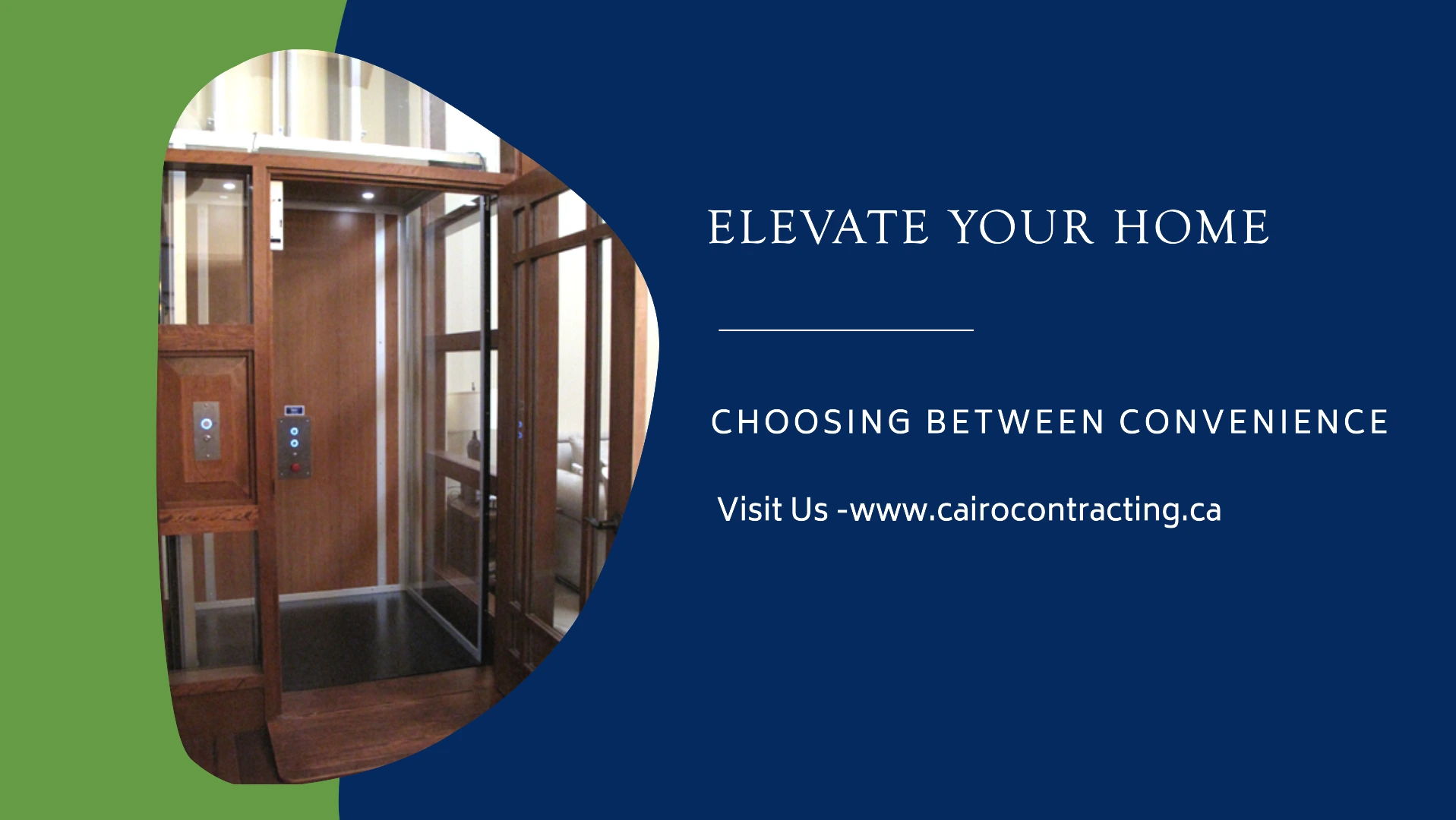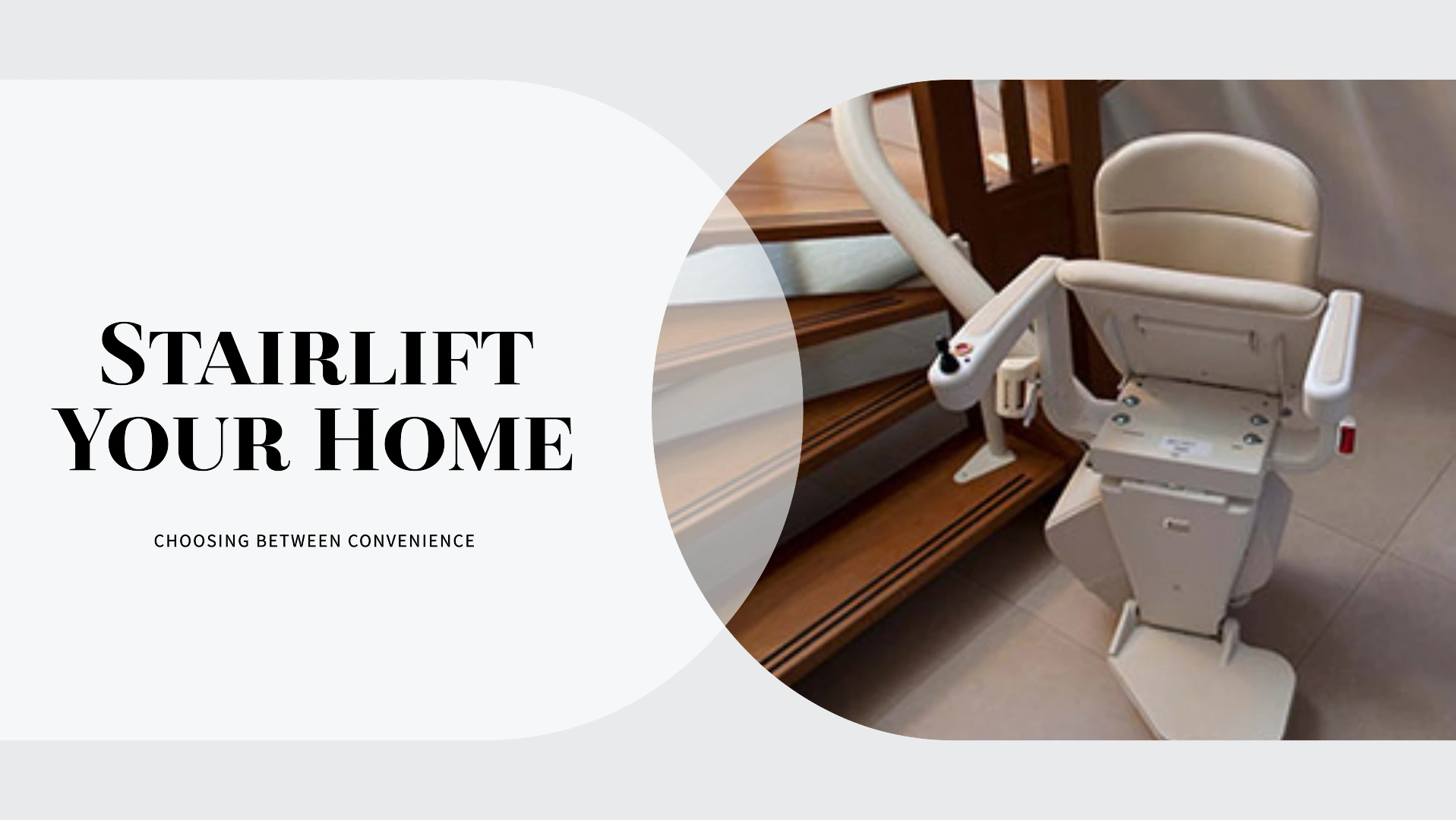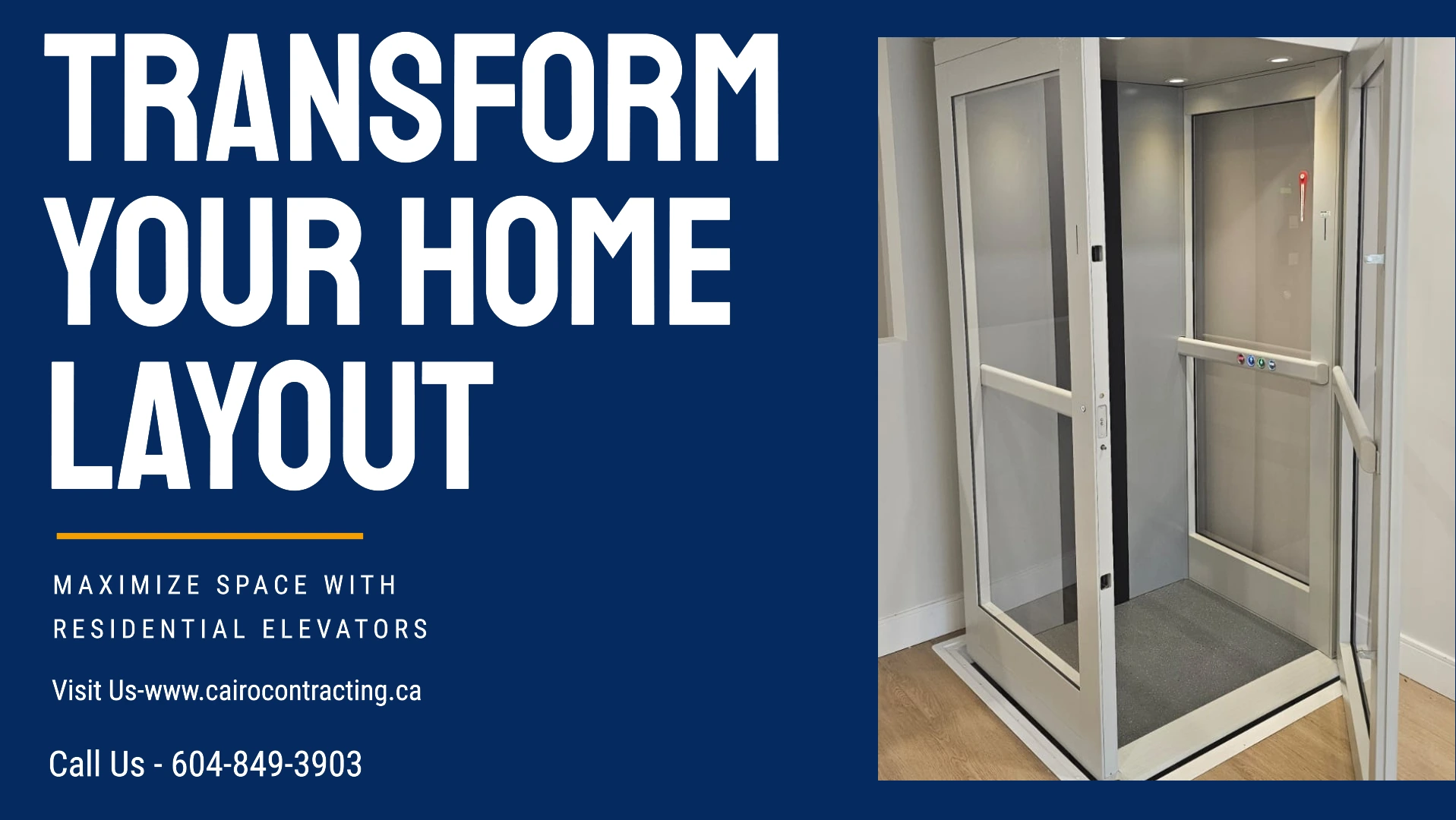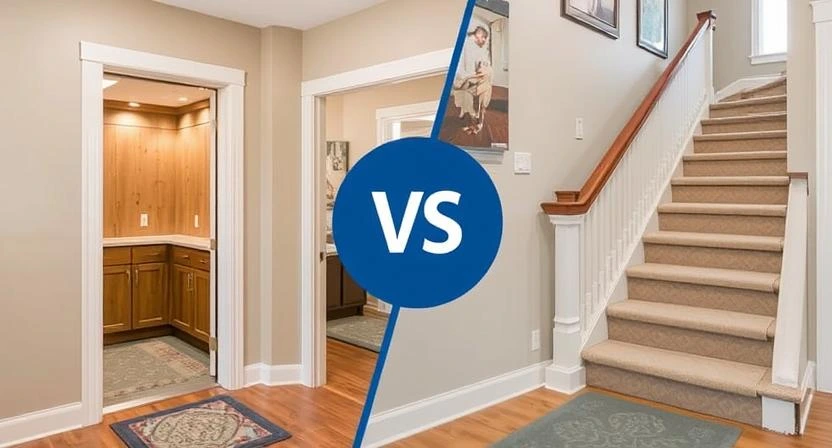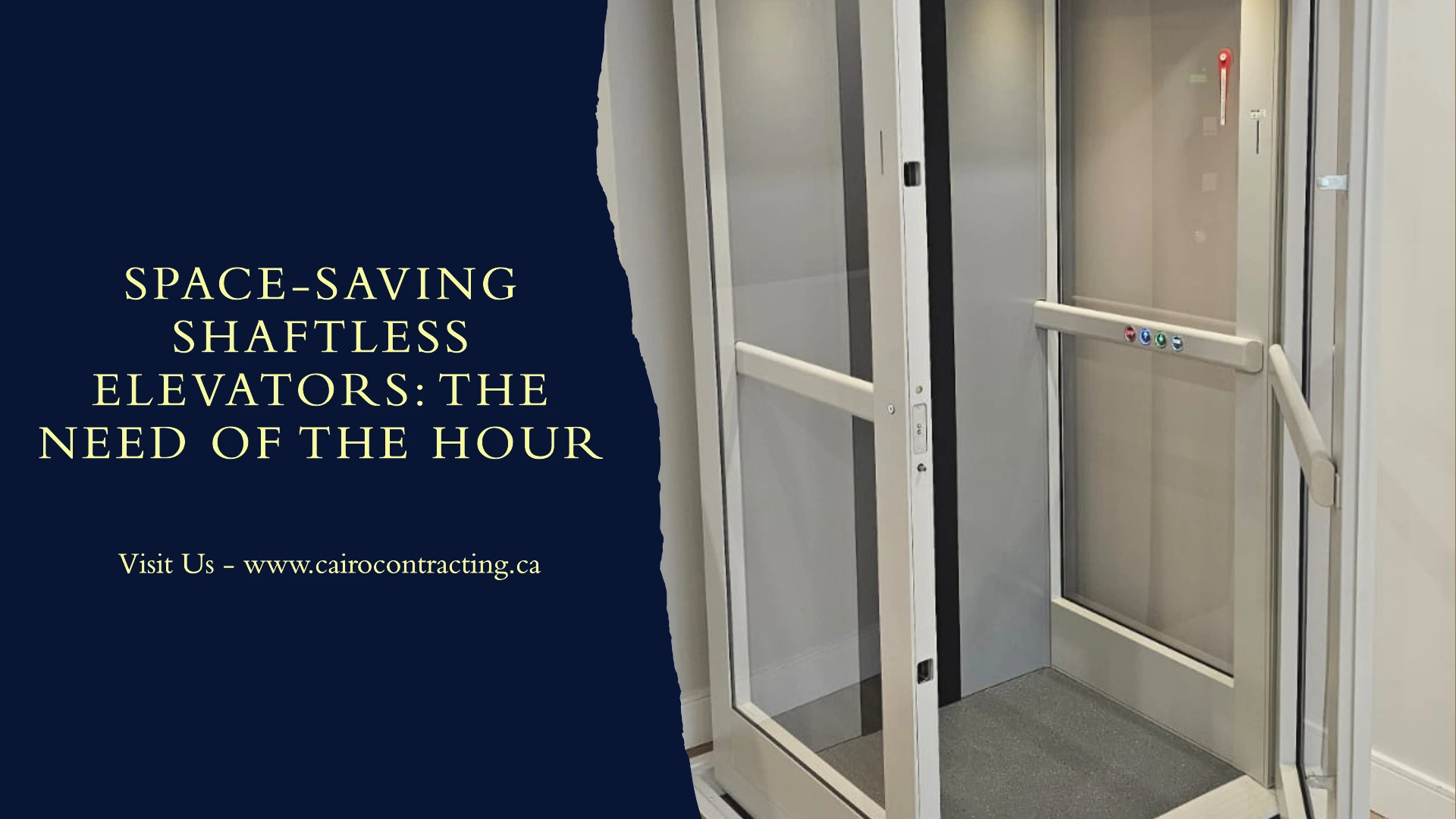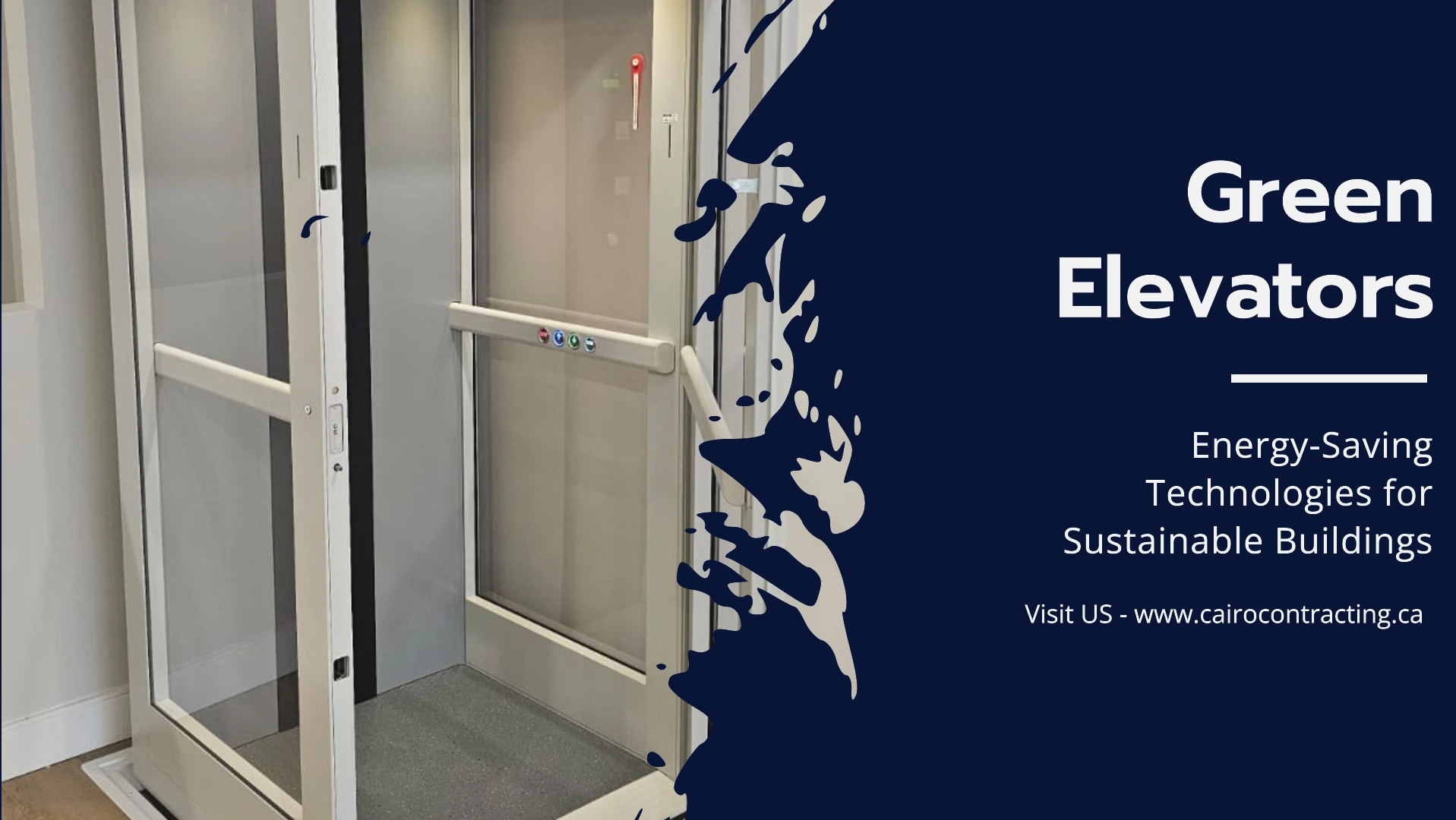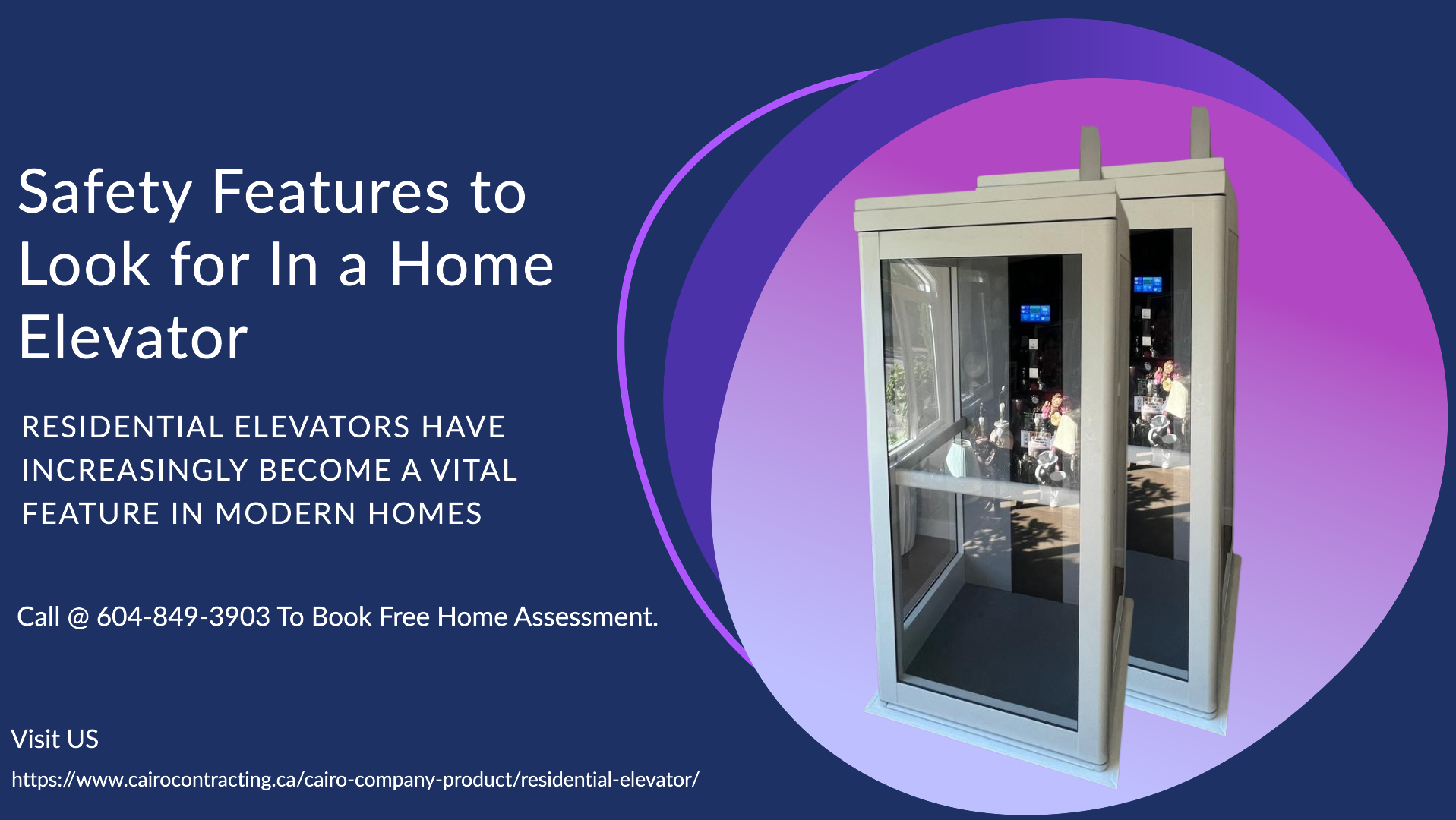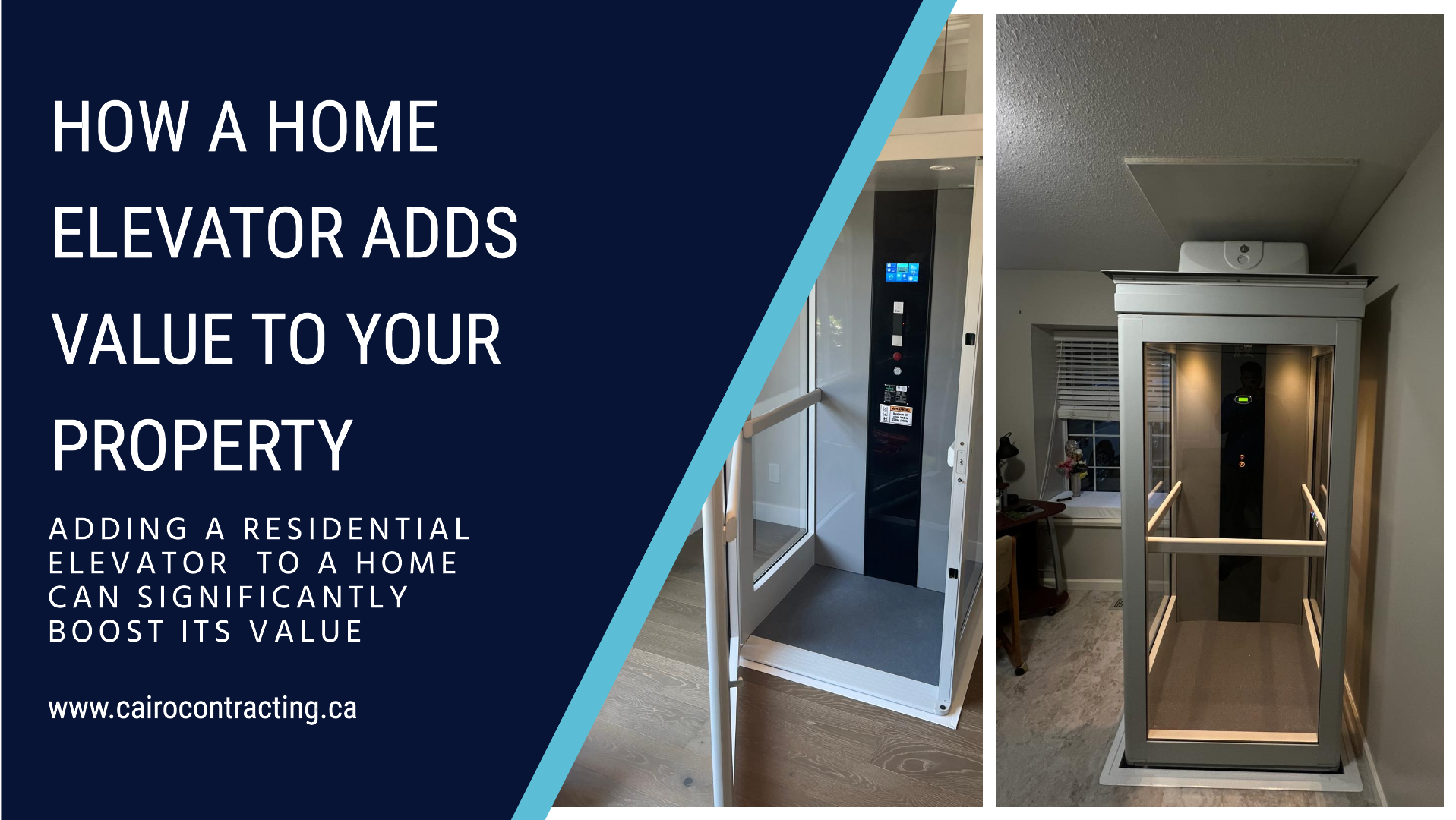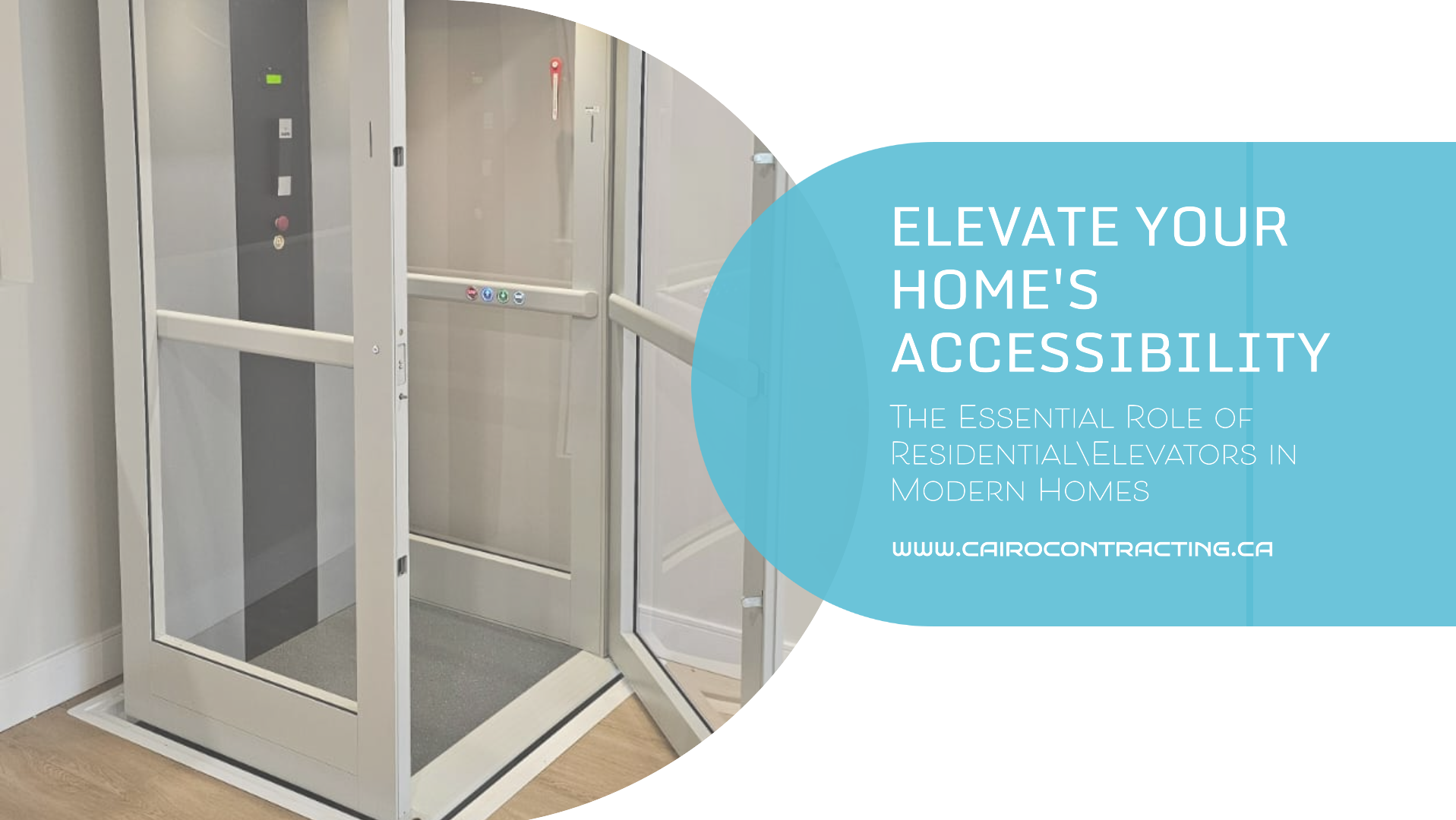A residential elevator is an excellent choice for homeowners seeking to combine luxury and practicality while maintaining easy access to all levels of their home. The Pollock Residential Elevator stands out as a cost-effective yet luxurious solution that brings both convenience and elegance into modern living spaces. Below are some key points about the Pollock Residential Elevator and its unique value proposition:
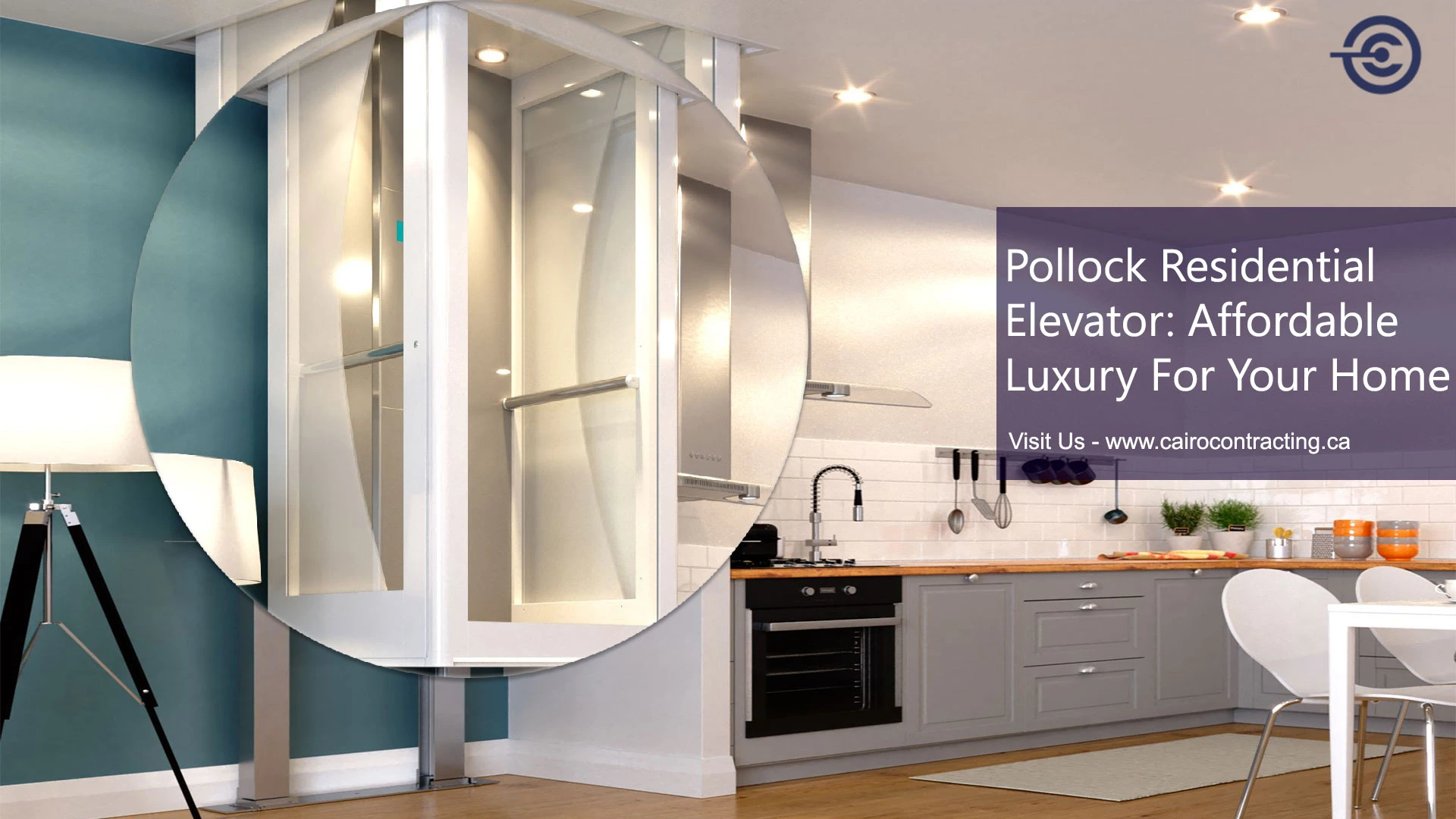
1. Affordability Meets Luxury
While many residential elevators can be expensive, the Pollock Residential Elevator offers a more budget-friendly option without sacrificing quality, style, or performance. Homeowners can enjoy the added luxury of a home elevator without having to break the bank.
2. Space-Saving Design
Pollock residential elevators are designed to make the most of limited space. With compact and efficient models, these home elevators can be easily integrated into any home design. This makes them an excellent solution for both large and smaller residences, where space optimization is essential.
3. Customization Options
Pollock offers three ranges: compact (for one person), twin (for 2 person) and large cabin (to accommodate a wheelchair). Its interior finishes provide the option of a large screen display, allowing homeowners to choose that complements the aesthetic of their home. Whether you’re looking for something modern, traditional, or cutting-edge, the flexibility of the Pollock home elevator can seamlessly fit into your home’s decor.
4. Improved Accessibility
For homeowners with mobility challenges or elderly family members, a residential elevator is a game-changer. The Pollock residential elevator ensures easy and safe access to all floors, making it an ideal solution for people with disabilities or for homes where accessibility is a priority.
5. Energy-Efficiency
Pollock elevators are designed with energy conservation in mind, incorporating eco-friendly technologies to minimize power consumption. Homeowners can enjoy the benefits of a home elevator without worrying about rising energy costs.
6. Safety Features
Safety is a key priority with any home elevator installation. Pollock Residential Elevators come equipped with safety sensors, automatic leveling systems, and emergency communication devices, providing peace of mind to homeowners and their families.
7. Increased Property Value
Installing an elevator can boost the value of a home, especially in multi-story residences. Pollock Residential Elevators not only improve accessibility but can also increase the marketability of a property, making it more attractive to potential buyers.
8. Easy Installation
Pollock elevators are known for their quick and easy installation process, which minimizes disruption to your home. Whether you’re building a new home or retrofitting an existing one, these elevators are designed for minimal hassle and maximum convenience.
The Pollock Residential Elevator offers a cost-effective yet luxurious accessibility solution for homeowners looking to enhance the functionality, safety, and value of their homes. Combining style, convenience, and efficiency, it provides a practical way to ensure comfortable access to all areas of your home, making it a smart investment for the future. Call Cairo Contracting today and book your free-home assessment to find the best place to install a Pollock elevator!
